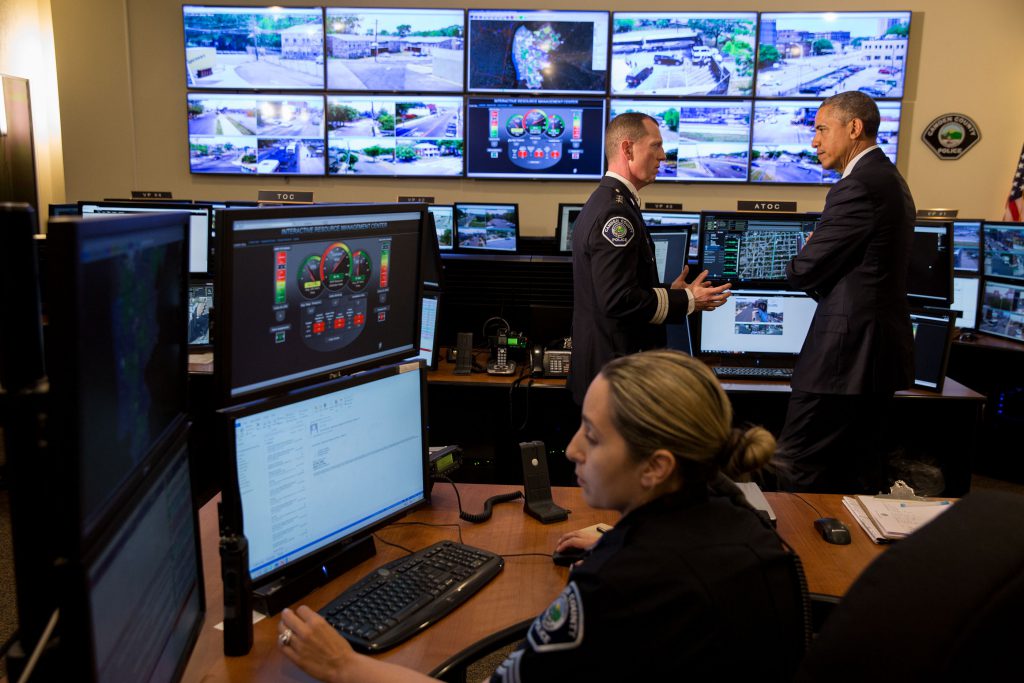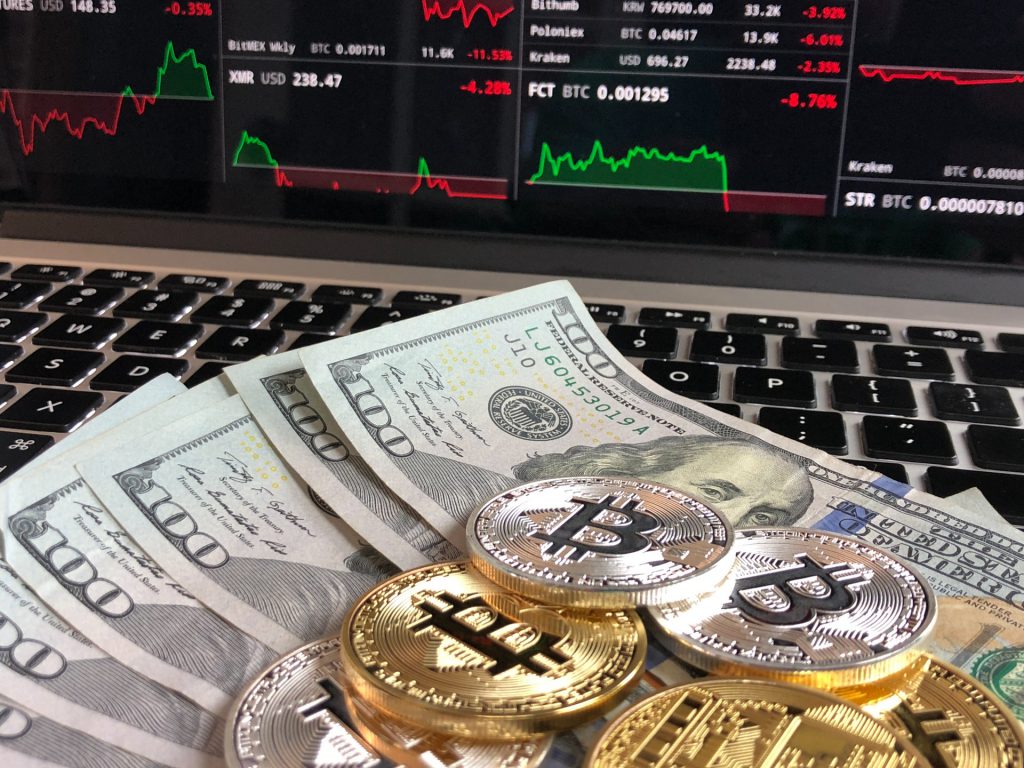Crimes are not always violent, but that doesn’t mean they do not harm. In fact, the FBI estimates that white-collar crime costs the US economy more than $300bn per year and can have serious impact on people’s lives.
Many law enforcement departments are now using new technologies such as Artificial Intelligence to help predict and identify suspicious people and tackle this type of crime.
Fake Robbery Claims

(Image source: obamawhitehouse.archives.gov)
Making false robbery statements is a criminal offense, yet it is fairly common practice as people seek to make money by lodging fake insurance claims.
But stand aside, because here comes VeriPol; a tool that the Spanish National Police has shown to be extremely effective in discriminating between true and false reports.
The software uses text analysis and machine learning to discover fake robbery reports and has been trained with over 1,000 false claims. It can find patterns in reports by analyzing the occurrence of certain adjectives, verbs, nouns, and various other parts of a sentence.
The Artificial Intelligence (AI) discovered that false robbery claims tend to be shorter statements that focus on stolen property, lack witnesses or evidence, and don’t offer precise details about the attacker. References to iPhone and Samsung were correlated with false claims, while bicycles and necklaces usually indicated true reports.
VeriPol was tested in Murcia, where it discovered 25 false claims in just one week, while the previous average monthly rate of false report detection in the Spanish city was 3.33. In the hope that it will deter people from making false claims, the software is now being integrated into police departments across Spain.
Money Laundering Crimes

When it comes to financial crimes, AI is very good at analyzing and realizing if an individual’s current transactions are matched with their historical behavior.
In Japan, the National Police Agency (NPA) has requested 144 million yen ($1.35 million) to experiment with AI to predict money laundering patterns, as well as to identify suspicious cars and terroism.
In 2017, up to some 400,000 questionable transactions were reported to the NPA. To analyze this huge amount of data, investigators have traditionally had to use their experience to decide which sets of data to review first. The AI system would be able to make this process much more extensive and efficient, by finding questionable transactions across a larger data set than is humanly possible to review in the same timeframe.
Counterfeit Goods

The illegal use of well-known brands for counterfeit goods is qualified as a criminal act. Government departments, international authorities, and law enforcement officers work closely to track down and arrest those involved in smuggling counterfeit products.
Dubai has an aggressive plan to tackle this crime and will add a new AI technology tool to its arsenal to police market-places for counterfeit luxury goods.
The AI device, created by Entrupy, is linked to a vast database comprising of thousands of microscopic images of branded goods; including leather products, watches, accessories, and clothing. The algorithm can identify if it is fake in real-time and keeps learning as it is being used.
According to the manufacturer, the accuracy of the system reaches up to 96% and some of the brands that can be compared with this gadget include Balenciaga, Burberry, Coach, Chanel, Dior, Fendi, Gucci, Hermès, Louis Vuitton and Prada, amongst many others.

